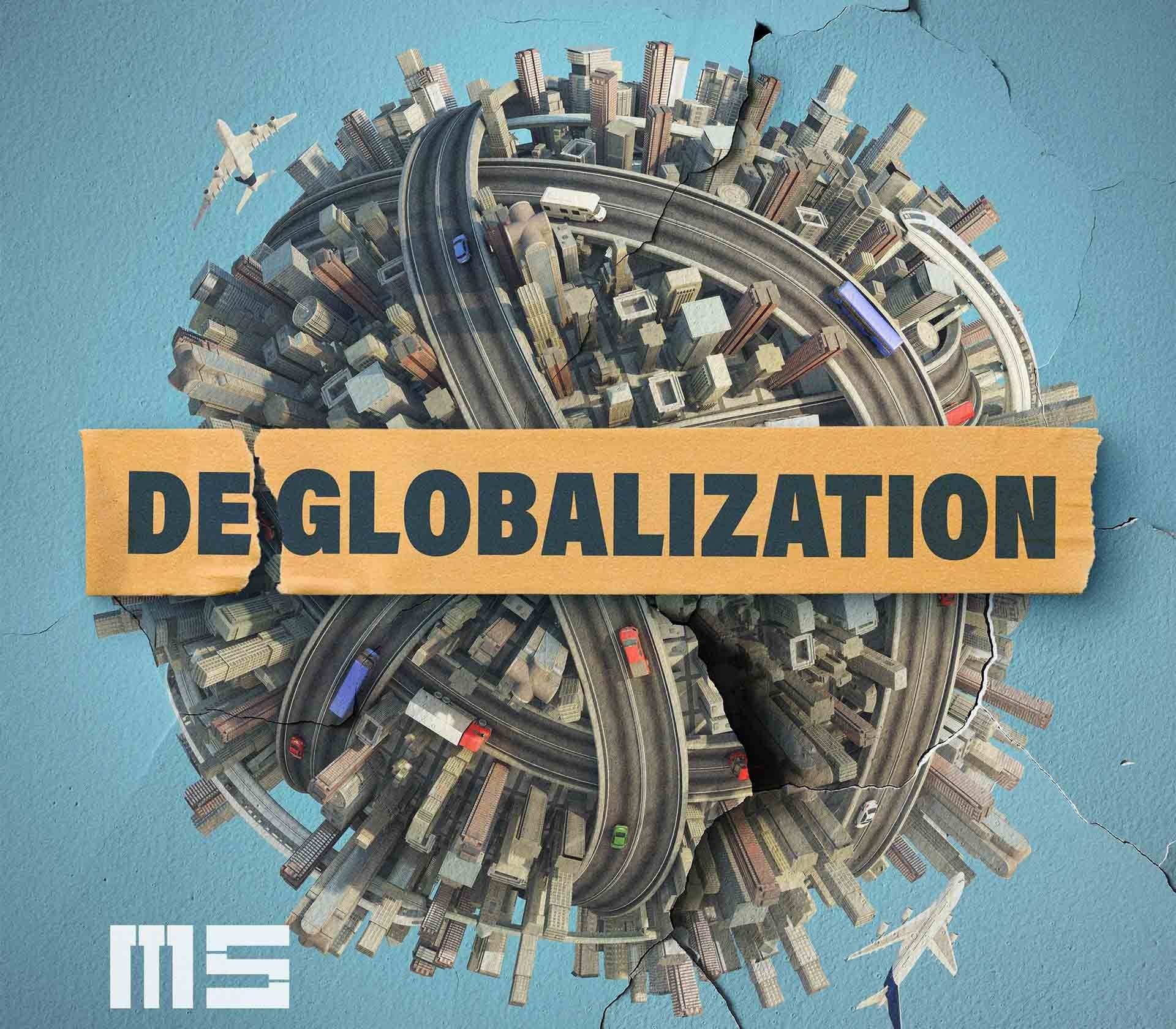 |
| Illustration photo. |
In 2023, the global economy is “slowly” moving forward. According to the International Monetary Fund (IMF) forecast, global growth will fall to 3% this year, instead of 3.5% last year, and continue to decline to 2.9% next year, much lower than the average economic growth rate in history.
The Israel-Hamas conflict adds another punch to a body that has not yet fully recovered, making economies that are already experiencing low and uneven growth even more unstable.
Precarious
World Bank (WB) President Ajay Banga warned that the world is in a “very dangerous” moment. All conflict scenarios could push energy prices to record highs, inflation higher and global economic growth to slow down. Experts said that the conflict in the Middle East could create new challenges, increasing instability for the global economic outlook.
In fact, the unrest in the Gaza Strip and the Russia-Ukraine conflict have become the biggest shocks to commodity markets since the 1970s. According to World Bank chief economist Indermit Gill, if the conflict continues to escalate, the global economy will face its first double energy shock in decades, fueling inflation again, after central banks' efforts to tighten monetary policy.
Oil prices have risen 6% since the Israel-Hamas conflict, while prices for agricultural commodities, metals and other commodities have remained largely unchanged. Based on the history of regional conflicts since the 1970s, the World Bank report forecasts three scenarios of increasing severity.
In an optimistic scenario, with an impact similar to the situation in Libya in 2011, oil prices could increase by 3-13% to $93-102 per barrel.
If the risk of disruption is at a medium level as in the Iraq situation in 2003, oil prices could rise to $109-121/barrel.
In the most severe scenario, oil prices could peak at $140-157 per barrel, exceeding the highest level since 2008.
IMF chief economist Pierre-Olivier Gourinchas said that a 10% increase in oil prices would reduce global economic growth next year by 0.15 percentage points, while inflation would increase by 0.4 percentage points.
In the World Economic Outlook Report for the second half of 2023, the IMF pointed out three main risks facing the world: inflation, financial market instability, and the intertwining of geopolitics and protectionism.
The first risk is the rising energy prices due to the impact of conflicts. Among them, the risk of the Israel-Hamas conflict spreading, with the possibility of involvement of the close relations between Iran-Hamas and the US-Israel, is likely to tighten the supply in the oil market and push up energy prices.
The second risk is financial market stability. Over the past two years, central banks have not been able to complete a long and continuous path of raising interest rates to control inflation. Rising debt costs are an expected result of tight monetary policy. High interest rates can exacerbate financial market vulnerabilities, leading to increased defaults.
New protectionism?
Considered the third risk to the world economy, the intertwining of geopolitics and trade protectionism, which hinders international trade and investment, is the biggest problem, with the potential for the most far-reaching impact.
International trade is the engine of global economic growth, but this engine is weakening. The US-China strategic competition and the Russia-Ukraine conflict have made multinational companies consider geopolitics as a variable to consider. The Israel-Hamas conflict has made multinational companies pay more attention to geopolitics.
In the article “The real enemy of the global economy is geopolitics, not protectionism”, scholar Dani Rodrik of Harvard University emphasized that the biggest risk facing the global economy comes from the competition between the two leading powers of the world, the US and China, which can affect everyone.
The author's analysis in the article is quite suitable for the current global economy - a world that is more unstable and prone to conflict. The world is witnessing the rise of fragmentation, increasing barriers to trade and investment, the extreme form of economic corporatization, economic globalization evolving in a different way.
China and the US have shown signs of improving their contacts recently, but the Israel-Hamas conflict has had a negative impact on the strategic competition between the two countries. Geopolitics has become a key factor hindering global economic development.
US-China trade is no longer a “catalyst” for peace, but strategic competition between the two giants is changing the global supply chain.
Sharing the same view, in the article “Free Trade in a Fragmented World”, Economics Professor Craig Emerson analyzed that when two superpowers compete for supreme power and most of the world returns to protectionism, middle powers pursue new paths.
Some countries show a tendency to align with one superpower or another for strategic and economic purposes, while others remain neutral.
If in the last half century, countries big and small have benefited from the process of global integration. The trend of expanding economic borders and strong connectivity in the view of countries economically interdependent, there is less possibility of considering conflict.
Now, with protectionism back in the picture, domestic producers in need of protection from foreign competitors and to ensure the survival of domestic industries, a new process of global decoupling has begun.
Notably, the statement by US President Donald Trump and later passed on to the successor administration, in the competition with China, America will become great again by bringing jobs and industry back home. Not only that, for reasons of national security, many products imported from other countries are forced to be restricted, or a special tariff...
Meanwhile, China has long persisted in implementing a series of industrial policies, including trade protectionism, despite criticism from Western countries.
Source





![[Photo] Binh Trieu 1 Bridge has been completed, raised by 1.1m, and will open to traffic at the end of November.](https://vphoto.vietnam.vn/thumb/1200x675/vietnam/resource/IMAGE/2025/10/2/a6549e2a3b5848a1ba76a1ded6141fae)



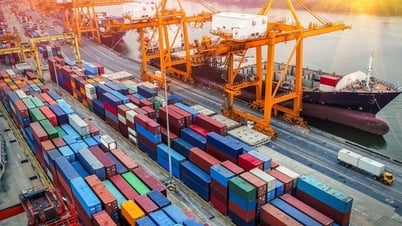

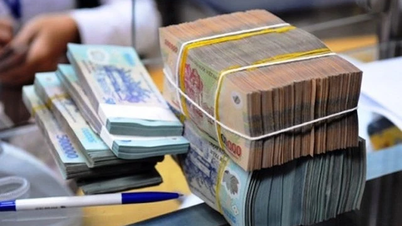

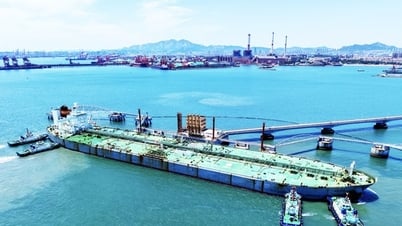

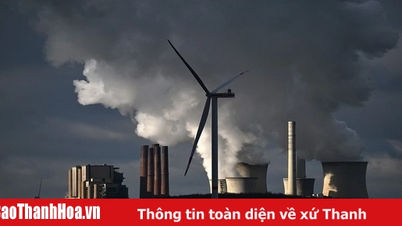






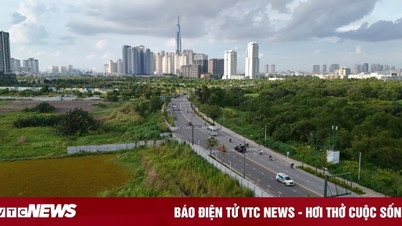


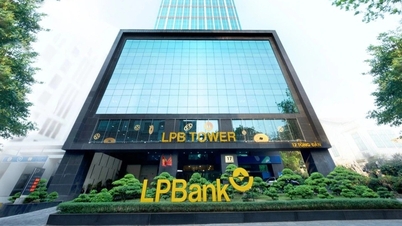
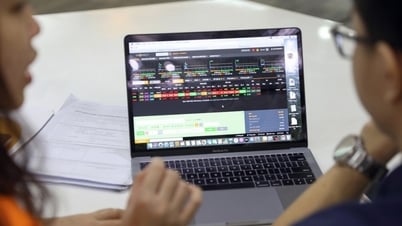




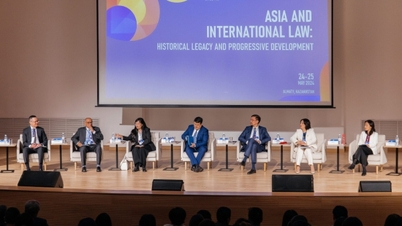

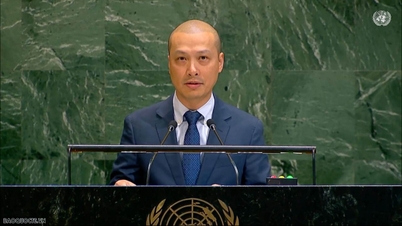
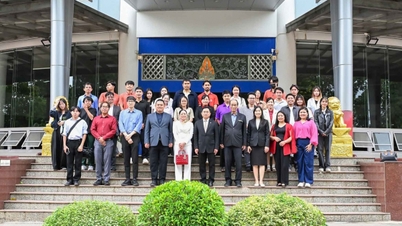





































































Comment (0)